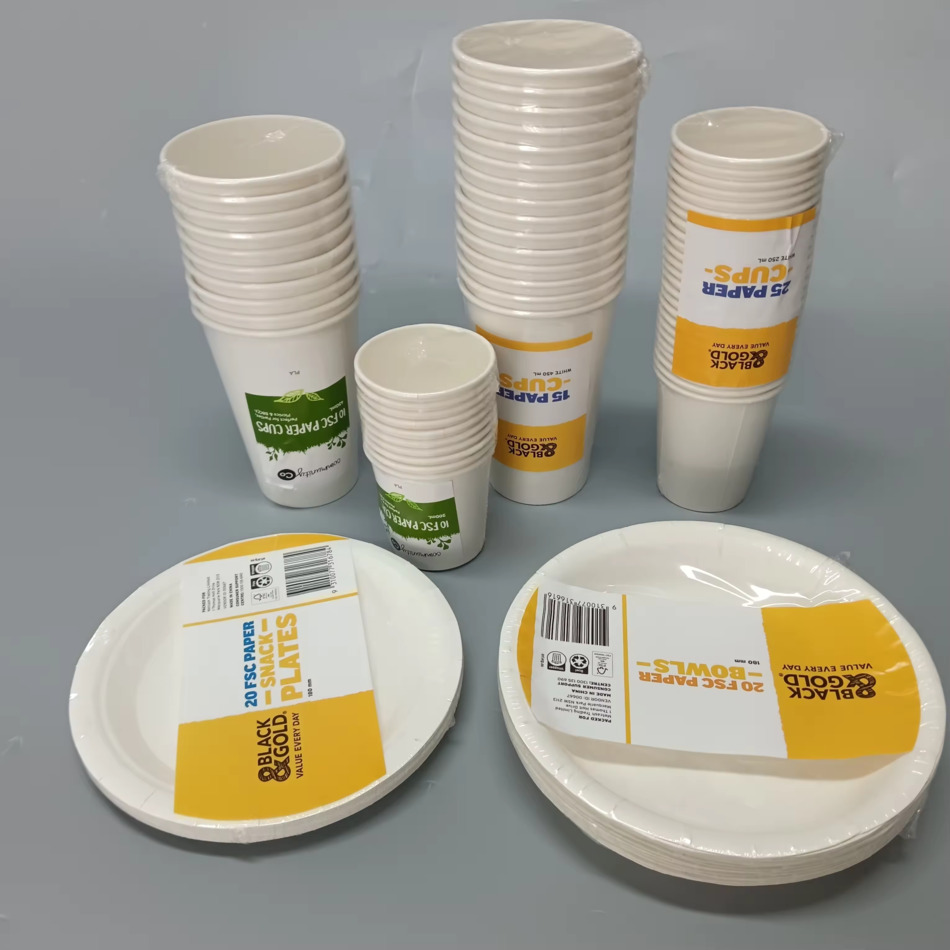Recently, PLA (polylactic acid) biodegradable tableware has sparked a surge in the catering industry, replacing traditional plastic tableware, thanks to its outstanding advantages such as being green, environmentally friendly, safe, and non-toxic. It has become an important vehicle for promoting the implementation of the “plastic restriction order” and practicing low-carbon development.
PLA tableware uses renewable plant starches such as corn and potatoes as raw materials, eliminating dependence on petroleum resources at the source and achieving resource recycling. Its core advantage lies in its natural biodegradability; under composting conditions, it can completely decompose into carbon dioxide and water within 6-12 months, avoiding the “white pollution” caused by traditional plastics and effectively alleviating pressure on soil and marine ecosystems.
In terms of safety, PLA tableware has passed food-grade safety certification. The production process does not require the addition of harmful chemicals such as plasticizers and stabilizers. It does not release toxic components such as bisphenol A when used at high temperatures, ensuring consumer health from the point of contact with food, making it particularly suitable for high-frequency usage scenarios such as takeout and fast food. Meanwhile, PLA tableware has achieved breakthroughs in heat resistance and load-bearing capacity, withstanding temperatures ranging from -10℃ to 100℃. Its hardness and toughness are comparable to traditional plastic tableware, meeting the needs of daily food preparation and transportation. With upgrades in production technology, its cost has gradually decreased, and it is now widely used in chain restaurants, milk tea shops, canteens, and supermarkets.
Industry insiders say that the promotion and application of PLA tableware not only aligns with environmental protection policies but also caters to consumers’ pursuit of a healthy lifestyle. Driven by both policy support and technological innovation, it will become the mainstream choice in the catering packaging industry, injecting continuous momentum into green development.
Post time: Nov-12-2025













